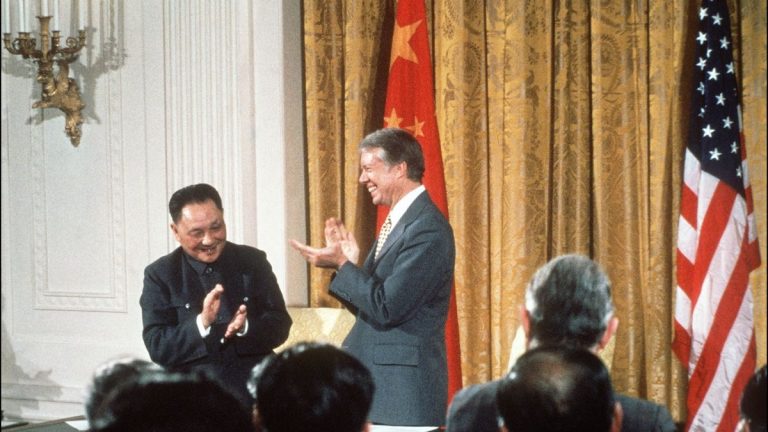On a brisk January morning in 1979, the leaders of the United States and China signed a deal that would unfold as one of the most important agreements in the history of international scientific cooperation. The scientific and technological cooperation agreement between the United States and China, initiated by then US President Jimmy Carter and Chinese Premier Deng Xiaoping, was not just a contract; It served as a bridge across the vast political and ideological gap that had separated the two countries for so long. After 45 years, this agreement now stands at a perilous juncture, as its future is clouded by the complexities of modern geopolitics and the pandemic that has reshaped global dynamics.
A legacy of cooperation and exchange
The legacy of the Convention is profound. It has stimulated the exchange of more than 3 million Chinese students for education in the United States, with American universities awarding more than 8,000 doctoral degrees to Chinese students in 2021 alone. This educational exchange has been complemented by strong research cooperation that has made the two countries major research partners for each other. From environmental protection efforts to pioneering advances in climate science, the fruits of this collaboration have been diverse and significant. It is worth noting that the agreement played a crucial role in global initiatives, such as mitigating the effects of climate change and preventing nuclear proliferation, by promoting joint efforts such as converting reactors to use low-enriched uranium.
Challenges and tensions
However, while the agreement faces delays in its renewal, the shadows of recent history loom large. Donald Trump's tenure has seen US-China relations deteriorate, with increased scrutiny and skepticism towards academic cooperation. Florida's ban on hiring researchers from China, and the Asian giant's shift toward self-reliance, including discouraging publication in international journals, highlight growing tensions. Despite these challenges, the potential resolution of this agreement raises concerns about the future not only of U.S.-China research cooperation, but also about the broader landscape of global scientific progress.
Looking to the future: a path to pragmatism?
The discussions surrounding the renewal of this critically important agreement, as highlighted by the Institute of US-China Studies, point to a path forward that balances concerns about data security, reciprocity, and safety of scientists, with the undeniable benefits of cooperation. Learning from Germany's pragmatic approach to its research relations with China may provide valuable insights into managing risks while harnessing the benefits of cooperation. As negotiations continue, the importance of renewing the US-China Science and Technology Cooperation Agreement remains clear. Not only does it represent a testament to the power of scientific cooperation to transcend political differences, but it also represents a critical mechanism for addressing some of the most pressing challenges facing the global community today.

